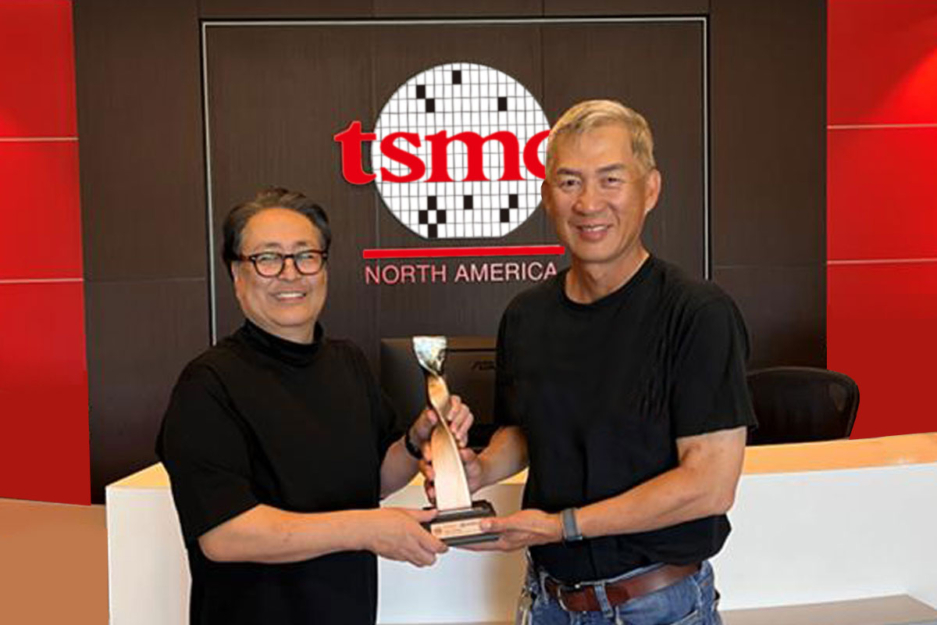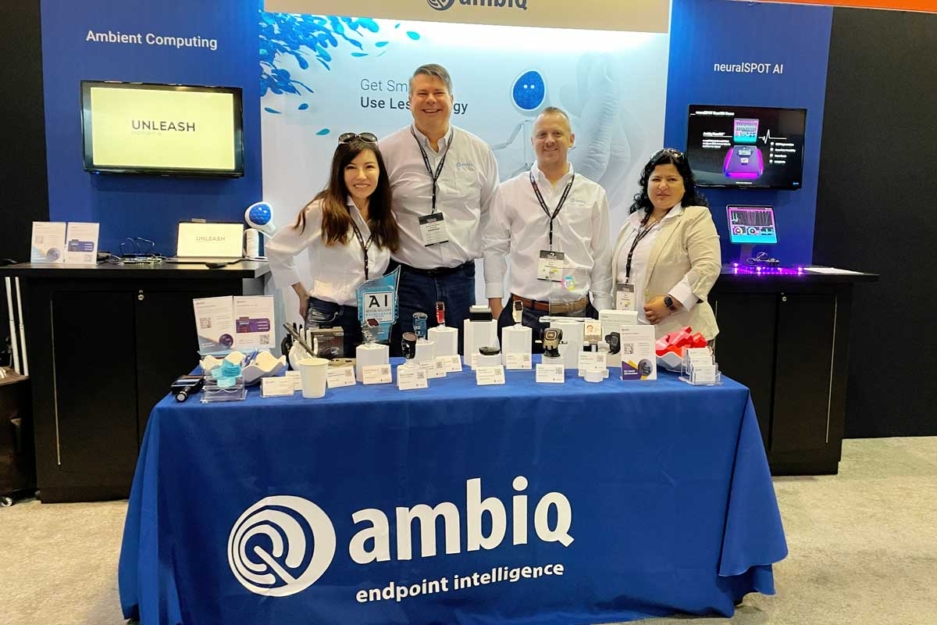
Within the climb to orbit, each of your Saturn V's 3 stages burned for a bit lengthier than envisioned. This left the craft within an orbit about one kilometer increased than expected, anything perfectly inside of tolerance. A melt away eleven seconds for a longer time than prepared meant which the CM entered the Earth's atmosphere a little bit more quickly and in a shallower angle than planned, but nonetheless inside tolerance. This discrepancy took place not because of the general performance in the steerage method (which was exemplary), but since the melt away had been controlled from Earth. The CM's environmental Management procedure stored the ship's cabin in appropriate temperatures and pressures through the entire mission, expanding by only 5.6 °C (10 °F) all through atmospheric entry.[58][59]
“Singapore is uniquely positioned to Enjoy a important position in driving the continued development of technological innovation within the ASEAN location,” claims Fumihide Esaka, chairman and CEO of Ambiq.
In 1965, the Apollo Applications Plan (AAP) was designed to check into science missions which could be performed using Apollo hardware. Significantly in the arranging centered on the concept of an area station. Wernher von Braun's previously (1964) strategies utilized a "damp workshop" principle, that has a spent S-II Saturn V second phase remaining released into orbit and outfitted in House. Another calendar year AAP examined a lesser station utilizing the Saturn IB 2nd stage. By 1969, Apollo funding cuts eliminated the potential of procuring much more Apollo hardware and forced the cancellation of some afterwards Moon landing flights.
Ambiq just lately declared plans to increase its technological know-how style Middle in Singapore, introduced in April very last calendar year, to meet increasing needs and even more enrich its circuit structure abilities.
In addition it shown the S-IVB 3rd stage's first in-flight restart. The mission utilized a Block I command and service module modified to check quite a few vital Block II revisions, which include its warmth defend at simulated lunar-return velocity and angle.
At 10:56 p.m. EDT Armstrong is ready to plant the primary human foot on A different earth. With more than half a billion people watching on tv, he climbs down the ladder and proclaims: “That’s one small step for a man, one big leap for mankind.” (› Enjoy Audio)
This was also a time when inflation was climbing, which set tension on The federal government to reduce investing. What saved the Room software was that it absolutely was on the list of few authorities plans that had reached anything good. Drastic cuts, warned Caspar Weinberger, the deputy director of your Office of Administration and Spending plan, could possibly mail a sign that "our greatest years are behind us".[227]
Aldrin joins him shortly, and gives a simple but strong description on the lunar surface area: “magnificent desolation.” They investigate the surface for 2 and also a 50 percent hrs, accumulating samples and using photographs.
As a result, many of the flight skills for the payload the Saturn V would have could be settled without having to expend one of several large start motor vehicles.[10] Besides flight-qualifying the hardware, it had been important to show that the ground programs at KSC could successfully launch a Saturn V in advance of risking the lives of astronauts on just one.[11]
Aldrin's bootprint; Element of an experiment to check the Attributes of the lunar regolith They deployed the EASEP, which integrated a passive seismic experiment offer used to evaluate moonquakes and a retroreflector array used for the lunar laser ranging experiment.[157] Then Armstrong walked 196 feet (sixty m) within the LM to take photos within the rim of Minimal West Crater while Aldrin gathered two Main samples. He applied the geologist's hammer to pound from the tubes—the only real time the hammer was applied on Apollo 11—but was not able to penetrate over 6 inches (15 cm) deep.
Throughout the mission, the lead to was diagnosed given that the rendezvous radar swap becoming in the wrong situation, producing the pc to procedure info from both equally the rendezvous and landing radars simultaneously.[121][122] Software package engineer Don Eyles concluded inside of a 2005 Advice and Handle Convention paper that the situation was because of a components style bug Formerly observed for the duration of tests of the 1st uncrewed LM in Apollo five. Owning the rendezvous radar on (so it absolutely was warmed up in the event of an crisis landing abort) ought to have been irrelevant to the pc, but an electrical phasing mismatch in between two elements of the rendezvous radar method could trigger the stationary antenna to appear to the pc as dithering forwards and backwards involving two positions, depending on how the components randomly run up.
Apollo four was an "all-up" take a look at, indicating all rocket levels and spacecraft ended up entirely practical around the Original flight, a primary for NASA. It had been the first time the S-IC to start with stage and S-II second phase flew.
copyright partnered with Truflation to supply true-time inflation information and facts to the Web3 and blockchain ecosystem. This partnership aims to establish transparency and standardization while in the financial commitment ecosystem, enabling copyright to make nicely-knowledgeable expenditure selections by accessing precise financial facts.Animoca Models has partnered with AWS to spice up Web3 product and repair development. Animoca Brands is now an official AWS Activate Provider, offering its portfolio companies access to AWS tools, resources, content material, and professional assistance, facilitating their improvement around the AWS platform.IBM and FYI are partnered to use protected and trusted generative AI that will help creatives collaborate extra correctly, take care of their firms, and defend their info and intellectual property.
Valuates offers in-depth industry insights into a variety of industries. Our intensive report repository is consistently updated to meet your modifying market Investigation desires.

Get Smart. Use Less Energy.
Ultra-low power SoCs for IoT endpoint devices
that demand complex operations
and longer battery life.
✍ Ambiq® is committed to further improve the quality of life by enabling the intelligence of endpoints while further reducing carbon footprints. Ambiq – your partner in endpoint intelligence.
✯✯✯Based in Austin, San Jose, Hsinchu, Shenzhen, and Shanghai, our leadership and management teams consist of advocates, builders, enthusiasts, entrepreneurs, explorers, incubators, inventors, pioneers, protectors, thinkers, and visionaries. With a diverse spectrum of experiences and skillset, we came together and united with one goal to enable the true Internet of Things where the battery-powered endpoint devices can truly Ambiq apollo be connected intuitively and intelligently 24/7.
Ambiq Wins the Demo of the Year Award at 2023 TSMC Technology Symposium
September 7, 2023, Austin, TX – Ambiq®, a leading developer of ultra-low-power semiconductor solutions that deliver a multifold increase in energy efficiency, was awarded the Demo of the Year Award by TSMC as a participant of the Innovation Zone at the 2023 TSMC North America Technology Symposium.
Ambiq Wins the Demo of the Year Award at 2023 TSMC Technology Symposium
During the April event, Ambiq showcased various product design wins using TSMC’s 22nm technology in wearables, digital health, smart home, Industrial IoT, pet trackers, and retail segments, with industry-leading energy efficiency. Ambiq also featured two live demos emphasizing its leadership in enabling endpoint AI with its HeartKit™ for remote patient monitoring and its graphics display capabilities for a vivid user interface.

TSMC pioneered the pure-play semiconductor foundry business model when it was founded in 1987, helping startup companies accelerate their innovations by providing access to the industry’s leading process technologies and manufacturing capacity. Since 2021, TSMC has expanded that mission with an Innovation Zone at its worldwide Technology Symposiums, highlighting how TSMC partners with startup companies to enable cutting-edge products from various applications, including high-performance on-device ai computing, communication, automotive, IoT, and consumer segments.
“We’re grateful to TSMC and our booth visitors for allowing us to share our energy-efficient technology and processor solutions with them,” said Ambiq’s CEO, Fumihide Esaka. “We’re moving towards an exciting frontier of AI becoming more engrained with our daily lives. With that vision on the horizon, we will continue to develop innovative and first-of-its-kind ultra-low-powered solutions that keep innovation and sustainability in mind.

Ambiq’s mission is to develop the lowest-power semiconductor solutions to enable intelligent devices everywhere by developing the lowest-power semiconductor solutions to drive a more energy-efficient, sustainable, and data-driven world. Ambiq has helped leading manufacturers worldwide develop products that last weeks on a single charge (rather than days), while delivering a maximum feature set in compact industrial designs. Ambiq’s goal is to take Artificial Intelligence (AI) where it has never gone before in mobile and portable devices, using Ambiq’s advanced ultra-low power system on chip (SoC) solutions. Ambiq has shipped more than 200 million units as of March 2023.
Ambiq Designs Low-Power for Next Gen Endpoint Devices
Ambiq’s VP of Architecture and Product Planning, Dan Cermak, joins the ipXchange team at CES to discuss how manufacturers can improve their products with ultra-low power. As technology becomes more sophisticated, energy consumption continues to grow. Here Dan outlines how Ambiq stays ahead of the curve by planning for energy requirements 5 years in advance.
Ambiq Highlights From Embedded World 2024
Facebook | Linkedin | Twitter | YouTube